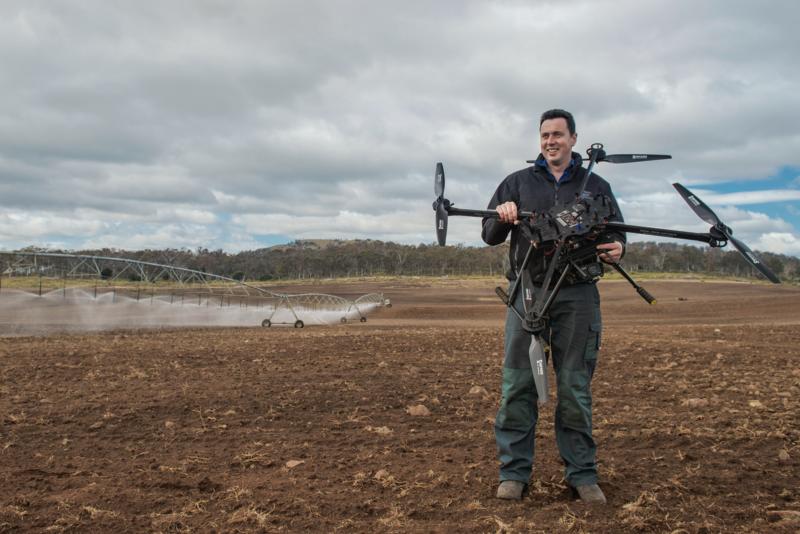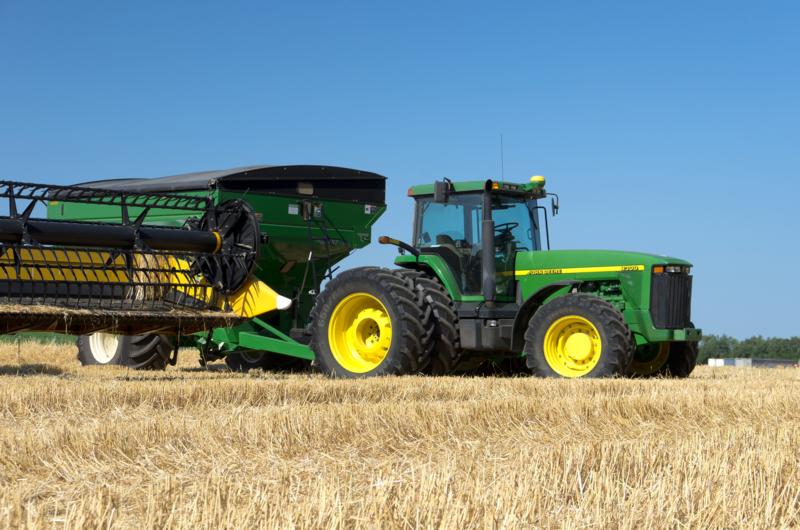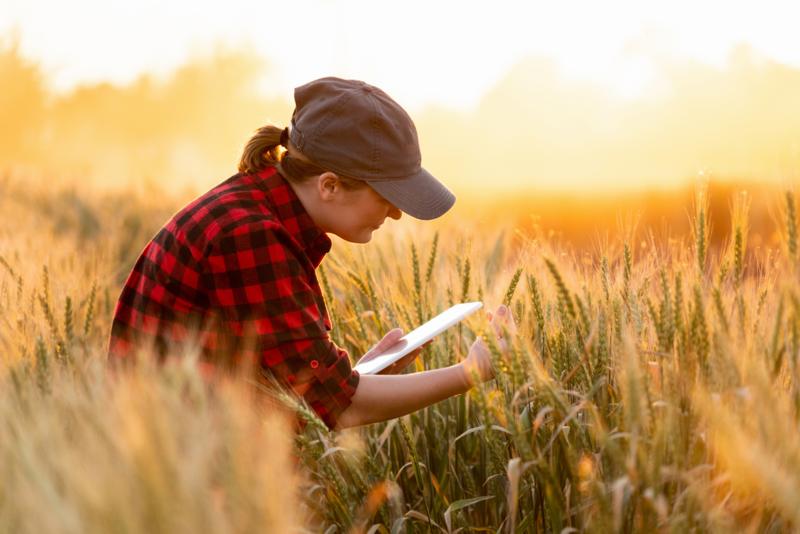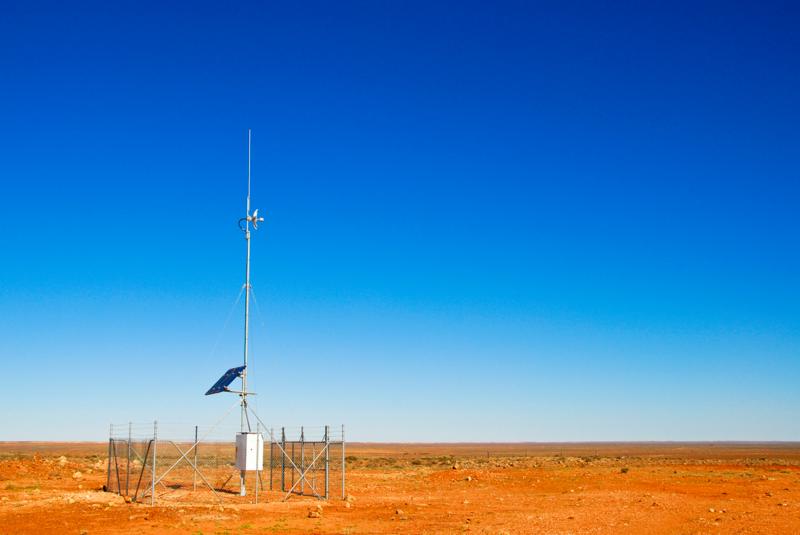THE sudden stream of social media privacy policy updates after Facebook admitted it had failed to prevent the misuse of the data it gathered did little to engender faith in digital data collection. Farmers already cynical about big data and the rise of digital agriculture took another half step back, right at the time when the federal government expressed the urgency to adopt it.
In 2016, the government-funded Accelerating Precision Agriculture to Decision Agriculture (P2D) research program brought together 13 of the country’s 15 rural research and development corporations. After two years of study, it estimated fully implementing digital agriculture across all Australian production sectors would boost the value of agricultural production by $20.3 billion (a 25% increase on 2014-15 levels).
With flow-on effects to other sectors, this has the potential to increase the national gross domestic product (GDP) by an estimated $24.6 billion and P2D is urging farmers to get on board. “If you don’t do it, you’ll get left behind,” says Australian Farm Institute executive director and P2D participant Richard Heath, although he admits “there are a lot of barriers” before we can achieve this digital ag utopia.
Accurate small farm data needed for wider data economy
Digital ag relies on the effective use of data sets collected by individuals using increasingly complex technology. Drones, yield monitors, weather stations, sensors and meters on planters, collars on livestock and computers on board tractors all collect usable data, which is then analysed with elaborate farm management software.
 Drones are becoming increasingly common on farms, and all require the footage and data to collaborate with software. Source: DroneAg.
Drones are becoming increasingly common on farms, and all require the footage and data to collaborate with software. Source: DroneAg.
In cropping, for instance, these platforms can collect information about seeding, fertilising, harvesting, weed spraying, tractor performance and more, in different weather and soil conditions. In-paddock data can be used to better understand the crop cycle and consequently improve efficiency.
Then, if a group of neighbouring farmers all do the same thing and share it among themselves, they form what’s called a data economy and the whole region benefits. If data is collected all the way through to the end user, which is desirable in an environmentally-conscious worldwide marketplace, the product’s value increases.
This is the value proposition put forward by P2D. “A functioning data economy is going to be vital for getting the full expression of that potential [$24.6 billion] GDP increase because it is all dependent on data flow and that digital value chain,” Richard says.
“
Traceability provenance and higher value foods traced all the way back to the farm all rely on transferring
digital data chains and data economies.”
“The barriers are an unwillingness to embrace digital ag at a farm level as well as machinery manufacturers wanting to keep the data collected on their machines within their own brand,” says Richard.
That is starting to change with John Deere, for instance, opening up its platform to third-party farm management programs. That makes it handy for the many farmers who don’t want to be restricted to the one brand of machinery to get maximum benefit from the technology available.
RELATED ARTICLES ON FARM MACHINERY:
-
Hydrogen-fuelled tractors: a clean energy option
-
Hot headers: how to reduce fire risk
-
Top trends in farm machinery investment
“Manufacturers now have a desire to operate openly with data,” Richard says. “They’re not giving it to everyone else, but allowing other technology providers to access their platforms to allow farmers control over the data.”
 Manufacturers like John Deere are now opening up their platforms so farmers can choose how to access and control their farming data. Source: Getty Images.
Manufacturers like John Deere are now opening up their platforms so farmers can choose how to access and control their farming data. Source: Getty Images.
Adrian Roles, a precision farmer and digital ag researcher from Young, NSW is one of the few early adopters of digital ag. He says the use of data should be embraced for its potential, but warns it’s not easy to do correctly and we are a long way off seeing an effective data economy.
“For all this big data to occur, you need to generate accurate small data at farmer level,” Adrian says. “This is where the value is, but some of the work done to figure out the value proposition of a data set isn’t accurate – 10% of farmers might have collected data sets, but the accuracy of many of those data sets is non-existent. So, it’s probably less than 1% of farms producing accurate data sets. There’s a need to educate farmers on how to generate accurate data.”
Issues facing digital agriculture implementation
Parkes grain farmer Mark Swift is another of the early digital ag adopters who carefully collects and studies data from each crop, looking at ways to improve his business. “It’s complicated but not complex,” he says of the accurate data-gathering process. “It’s simple stuff at a basic level, but one of the reasons it isn’t done on a wide scale is not everyone is doing it well.”
 Adopting digi ag can help farmers find ways to increase their yield. Source: Getty Images.
Adopting digi ag can help farmers find ways to increase their yield. Source: Getty Images.
“We’re a long way down the [digital ag] rabbit hole with weather stations, NDVI [normalised difference vegetation index] imagery and we’re fully precision-planting all our broadleaf crops where we map where every seed is sowed. “Technology is not bulletproof because of the variables inherent in farming. You can have a business case destroyed because of something simple like a shower affecting soil moisture in one part of the paddock affecting the whole data set.”
RELATED:
Virtual fences to improve labour efficiency
But Mark says it’s worth it because the data he collects has value and he shares it in one of the data co-operatives that are starting to sprout up around Australia. This is where the data economy is realised, although Adrian Roles says there can be as many pitfalls as advantages.
“At ground level, farmers can join data co-op initiatives or form one themselves,” he says. “A co-op is the pooling of localised data to create regionally-based insights and indices for the benefit of the members. There are some very good ones run by organisations such as the Birchip Cropping Group in Victoria and
AgSkilled in NSW.”
Adrian warns of digital ag start-up companies selling data to grain traders who can short the market and hurt the industry. Already in the United States there is court action over the misuse of farmer data (see below for the full story).
“There is way more opportunity in using big data than there is risk, but there is no governance or protection.”
“In my opinion it’s the responsibility of national and state farmer organisations to protect the farmers’ data. They can do this through education, data user agreements, and empowering established and trusted farm groups to set up data co-ops.”
Better collaboration needed for optimal data sharing
P2D was led by the
Cotton Research and Development Corporation whose R&D investment and impact manager Jane Trindall describes digital ag as the “fourth revolution”. But while she and the P2D researchers charge up that hill, they are in danger of finding themselves alone at the top.
Farmers are being pushed to educate themselves, take the financial risk of investing in the expensive equipment and software to get into digital ag, and then navigate the pitfalls of data sharing, all with inferior telecommunications in the bush.
 Many areas don’t have the connectivity to fully implement digi ag. Source: Getty Images
Many areas don’t have the connectivity to fully implement digi ag. Source: Getty Images
“
Connectivity remains a major barrier to adopting digital agriculture and as we’ve seen in countries like America, it’s often the technology providers who will have the most influence over addressing these problems,” Jane says.
“Here in Australia, we’re currently suffering from a significant lack of collaboration across different agriculture sectors, to combine our spending power and attract market solutions. That’s got to change if we want to get private business, particularly technology suppliers, to the table.
“And we will also need better collaboration between industries to enable optimum data sharing for making smarter and more profitable decisions about all aspects of production, from inputs to pricing.”
Court case: Legal implications of data misuse
The legal implications of using farm data to manipulate markets is being tested in a United States federal court. The anti-trust suit, titled Haff Poultry, Inc. v. Tyson Foods, Inc, alleges that major poultry processors were able to trace back through farmer-level data enabling them to exactly calculate production costs of each individual grower.
The plaintiff alleges that this calculation was used to suppress farmer compensation to just above the production cost. In short, the alleged cartel was price-fixing by using detailed farm data.
The case is ongoing and will be carefully watched by all those involved in collecting and using ag data. There are significant implications for data ownership and the ability to make it truly anonymous for greater distribution.